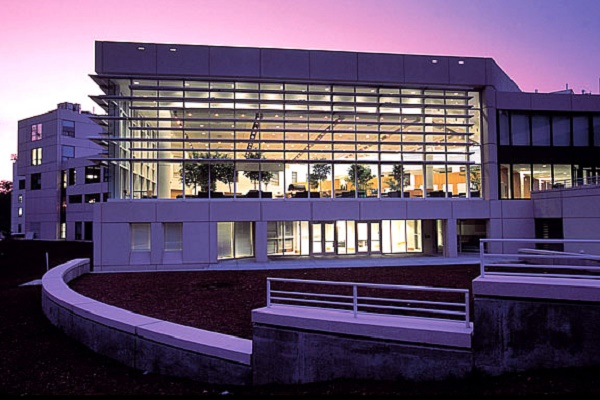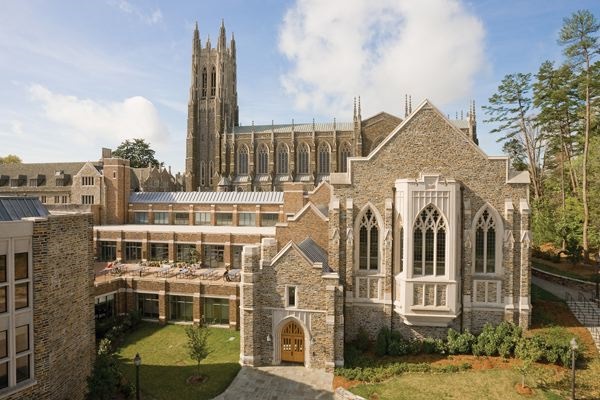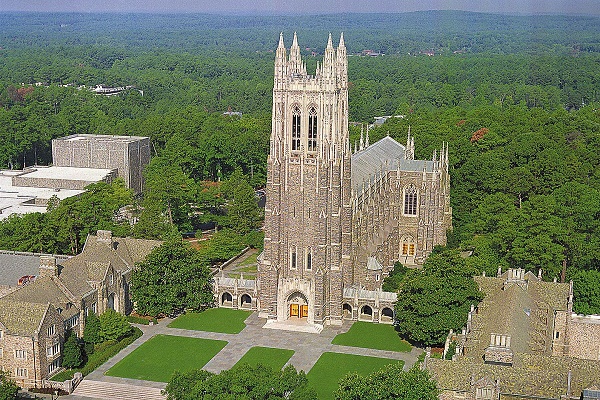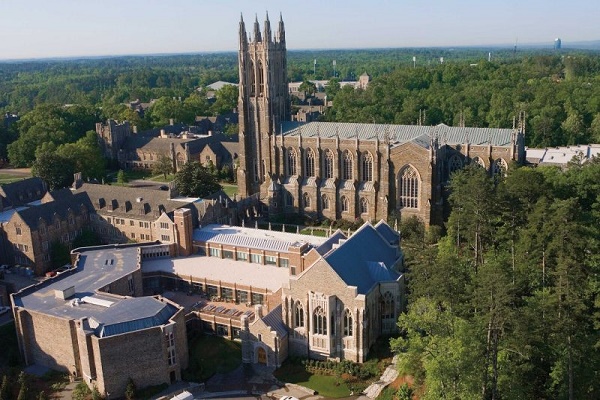University Rankings
- QS World University Rankings 19
- Times Higher Education World University Rankings 20
- Academic Ranking of World Universities 26
- QS Sustainability Ranking 26




1. Overview and History
Founded in 1838 as Brown’s Schoolhouse, Duke University traces its roots back to Trinity College, which relocated to Durham in 1892. James B. Duke, a prominent industrialist and philanthropist, provided a substantial endowment in 1924, leading to the renaming of the institution in honor of his father, Washington Duke. This transformative gift facilitated the university’s expansion and development into a leading research institution, with the construction of the iconic West Campus, characterized by its Collegiate Gothic architecture.
2. Campus and Facilities
Duke’s campus spans over 8,600 acres, encompassing the historic West Campus, the modern East Campus, and the vibrant Medical Center. The university boasts state-of-the-art facilities, including world-renowned libraries, cutting-edge research labs, a renowned art museum, and extensive athletic facilities. Students have access to a wide array of resources, including career services, health and wellness centers, and diverse dining options.
3. Academic Programs
Duke University offers a comprehensive range of undergraduate, graduate, and professional programs across ten schools and colleges, including the highly ranked Pratt School of Engineering, Fuqua School of Business, School of Law, and School of Medicine. The university is renowned for its strong liberal arts curriculum and commitment to interdisciplinary research, fostering a vibrant intellectual community.
4. Research and Innovation
Duke is a leading research institution with a strong emphasis on interdisciplinary collaboration and innovation. The university’s research strengths span a wide range of fields, including biomedical engineering, environmental science, public policy, and global health. Duke researchers have made significant contributions to advancements in medicine, technology, and the humanities.
5. Internationalization
Duke University has a strong international presence, with global research initiatives, study abroad programs, and a diverse student body representing over 150 countries. The university actively promotes global engagement and cross-cultural understanding through various programs and partnerships.
6. Student Life
Duke offers a vibrant and engaging student life experience, with over 400 student organizations catering to a wide range of interests. From athletics and the arts to community service and cultural groups, students have ample opportunities to get involved and connect with their peers. Duke’s strong sense of community and school spirit fosters a supportive and enriching environment.
7. Admissions and Tuition
Admission to Duke University is highly competitive, with a holistic review process considering academic achievements, extracurricular activities, essays, and recommendations. The tuition and fees for the 2023-2024 academic year are approximately $63,450, excluding room and board.
8. Notable Alumni and Achievements
College Affiliation
News & Updates
 Transform Your Career: The Open University’s Flexible Path to Lifelong Learning
Transform Your Career: The Open University’s Flexible Path to Lifelong Learningby Piyush Chauhan
December 14, 2025
 Achieving Excellence: Harvard’s Practical Strategies for Personal and Professional Growth
Achieving Excellence: Harvard’s Practical Strategies for Personal and Professional Growthby Piyush Chauhan
December 14, 2025
 Thriving Online: Discovering Liberty University’s Community and Flexible Learning Programs
Thriving Online: Discovering Liberty University’s Community and Flexible Learning Programsby Piyush Chauhan
December 14, 2025
 Unlocking Innovation: How Stanford Research Shapes Tomorrow’s World and Your Future
Unlocking Innovation: How Stanford Research Shapes Tomorrow’s World and Your Futureby Piyush Chauhan
December 14, 2025
 UCL’s Groundbreaking Discoveries: Advancing Global Health Through Interdisciplinary Research
UCL’s Groundbreaking Discoveries: Advancing Global Health Through Interdisciplinary Researchby Piyush Chauhan
December 13, 2025
Courses & Fees
| Course Name | Duration | Fees (in ₹) |
|---|---|---|
| Computer Science | 4 years | 65,00,000 |
| Master of Business Administration (MBA) | 2 years | 80,00,000 |
| Biomedical Engineering | 4 years | 70,00,000 |
Frequently Asked Questions
The acceptance rate for Duke University is highly competitive, typically around 6-7%.
Duke offers a variety of financial aid options, including need-based grants, scholarships, and work-study programs.
The student-faculty ratio at Duke is approximately 7:1, ensuring personalized attention and mentorship opportunities.
Duke graduates have excellent career prospects, with access to a vast alumni network and robust career services resources.
Duke's campus culture is known for its intellectual vibrancy, strong school spirit, and diverse student body.
Video Highlights

Duke University | All About Duke
